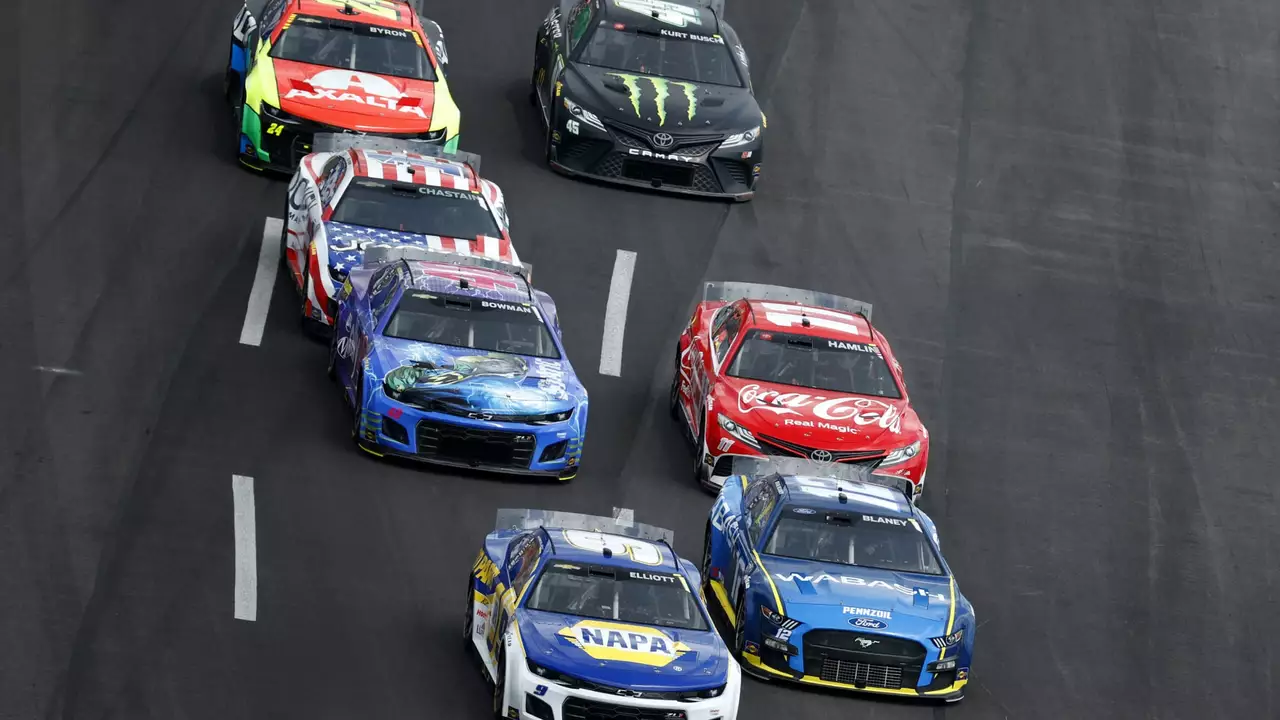Differences That Matter in Motorsports
Ever wonder why some brands dominate certain races while others lag behind? Or why MotoGP riders seem to turn the handlebars in a weird way? This page breaks down the biggest contrasts you’ll find in the world of racing, so you can spot the patterns that shape wins and losses.
Audi vs BMW: Who Takes the Crown?
Audi and BMW are both legends on the track, but they shine in different arenas. Audi’s strength lies in endurance events like Le Mans, where reliability and fuel strategy win the day. BMW, on the other hand, often excels in sprint formats and touring car series where raw speed and handling matter most. If you compare trophy cabinets, Audi’s haul is heavier in 24‑hour races, while BMW boasts more wins in GT and DTM championships.
MotoGP Steering: The Counter‑Steering Trick
Watching a MotoGP rider, you might think the handlebars barely move. The secret is counter‑steering: the rider pushes the bar opposite the turn while leaning into the corner. This forces the bike to lean faster and carve tighter lines. It’s a skill built on balance and reflexes, not just hand movement. That’s why beginners see the handlebars turning less than in street riding.
Besides the big names, the tag also covers everyday questions like “What’s the allure of racing cars?” and “How to start motorsport at 19.” Those pieces highlight the personal side of racing—adrenaline, design beauty, and the community vibe that keeps fans hooked.
When it comes to bike choices for the Isle of Man TT, the differences are clear too. Riders pick superbikes for raw power, supersport machines for agility, and classic bikes for nostalgia. Each bike type matches a specific race class, and that matching decides how fast a rider can safely push the limits.
If you’re thinking about starting an IndyCar team, the differences between budgeting for a small outfit and a full‑scale operation are huge. Funding, sponsor outreach, and crew recruitment all scale up dramatically. Understanding those gaps early saves you from costly missteps.
Even off‑track topics, like why some police officers plant evidence, show how small differences in ethics can have massive legal impacts. The contrast between lawful conduct and misconduct is a reminder that rules matter, no matter the field.
Finally, for drivers near San Francisco, the performance driving schools differ in vehicle focus and course intensity. Bob Bondurant emphasizes high‑performance car handling, while California Superbike leans toward two‑wheel dynamics. Picking the right school depends on whether you crave road‑car precision or racetrack speed.
All these examples underline one truth: spotting the right differences gives you the edge, whether you’re a fan, a rider, or an aspiring team owner. Use this guide to compare, learn, and get ahead in the fast‑moving world of motorsports.

In my exploration of the racing world, I've found that NASCAR and F1 racing are quite different. While both are motorsports, they differ greatly in terms of car design, regulations, and race tracks. NASCAR vehicles are heavier and less technologically advanced than the lightweight, high-tech F1 cars. The races themselves also differ, with NASCAR mostly involving oval tracks and F1 featuring a variety of circuit types. Finally, the rules and strategies used in each sport are unique, making each race an exciting, distinct experience.
Read More